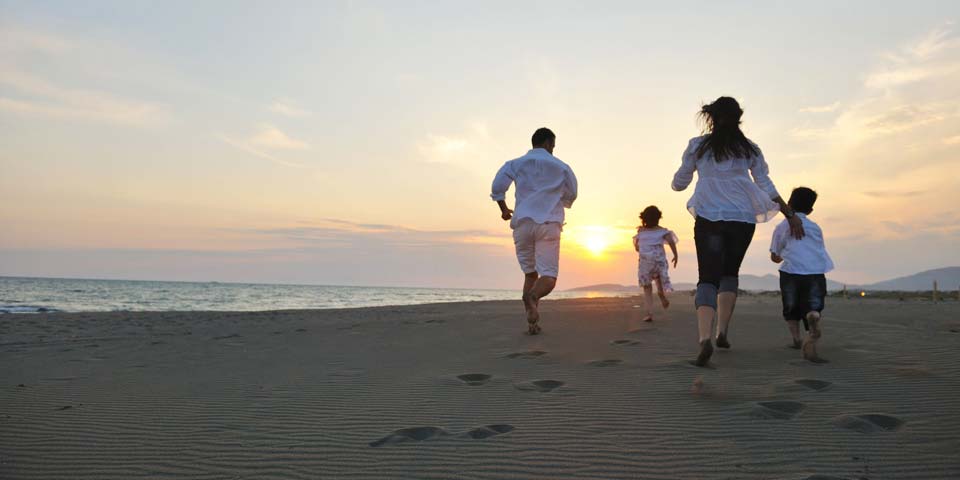Australia family visas
Australia recognises the need for family members to be together, and the support dependent family members require from their close relatives.
The family migration scheme allows eligible persons to sponsor their family members to join them in Australia on a temporary or permanent basis.
Both the sponsor and applicant will need to meet the eligibility criteria which varies depending on which visa you qualify for.
The sponsor will be required to provide support to the applicant for up to two years from the time they arrive in Australia. In addition, the sponsor may be required to provide a written undertaking and in some cases will be required to provide an Assurance of Support (AoS).
The applicant will need to meet the eligibility criteria for the visa in question. This includes satisfying the health and character requirements, meeting the balance-of-family test and providing biometric identification.
Who can apply for a family sponsored visa?
The family stream facilitates the reunion of Australian citizens, Australian permanent residents and eligible New Zealand citizens with their close family members.
Family sponsored visa applicants typically include:
- Children with parents resident in Australia
- Parents with one or more children settled in Australia
101 – Child (Permanent) visa
A child visa allows the parent(s) of a child or stepchild to sponsor their child to migrate to Australia under special circumstances.
Note: there are some differences in the requirements for natural children and step-children.
Read more →103 – Parent (Permanent) visa
A parent visa allows the parent(s) of a child or stepchild who is a settled Australian citizen, settled Australian permanent resident or settled eligible New Zealand citizen to migrate to Australia to join their children.
The parent’s sponsor(s) must have been resident in Australia for at least two years immediately prior to lodging the application.
Read more →173 – Contributory Parent (Temporary) visa
The Contributory Parent visa (subclass 173) is the first stage of a two stage process that allows the parent(s) of one or more children resident in Australia to sponsor their parents to live in Australia for up to two years.
This pathway carries significant costs, however it has a vastly reduced processing time in comparison to the Parent visa (subclass 103).
Read more →143 – Contributory Parent (Permanent) visa
The Contributory Parent visa (subclass 143) is the second stage in the Contributory Parent pathway. To be eligible for this visa, you must have held the temporary Contributory Parent visa.
If your temporary visa allows you to lodge an application while you are in Australia, you can apply onshore, otherwise you will need to travel outside Australia to lodge your application for this final stage of processing.
Read more →804 – Aged Parent (Permanent) visa
The Aged Parent visa is for parents who have one or more children in Australia who are eligible sponsors.
To satisfy the criteria for this visa, you must:
- meet the balance-of-family test
- have an eligible sponsor in Australia
- meet health, character and age requirements
884 – Contributory Aged Parent (Temporary) visa
The Contributory Aged Parent visa is similar to the Contributory Parent visa pathway as it significantly reduces waiting periods.
Applicants of this visa will be expected to pay a higher application fee than applicant of the Aged Parent visa subclass 804.
In addition to meeting health, character and the balance-of-family requirements, the applicant must also meet the age criteria.
Read more →864 – Contributory Aged Parent (Permanent) visa
The Contributory Aged Parent (subclass 864) visa is the second and final stage in the Contributory Aged Parent visa category.
To be eligible for this visa, the applicant must already hold a Contributory Aged Parent (subclass 884) visa.
If your temporary visa allows you to lodge an application while you are in Australia, you can apply onshore, otherwise you will need to travel outside Australia to lodge your application for this final stage of processing.
Read more →